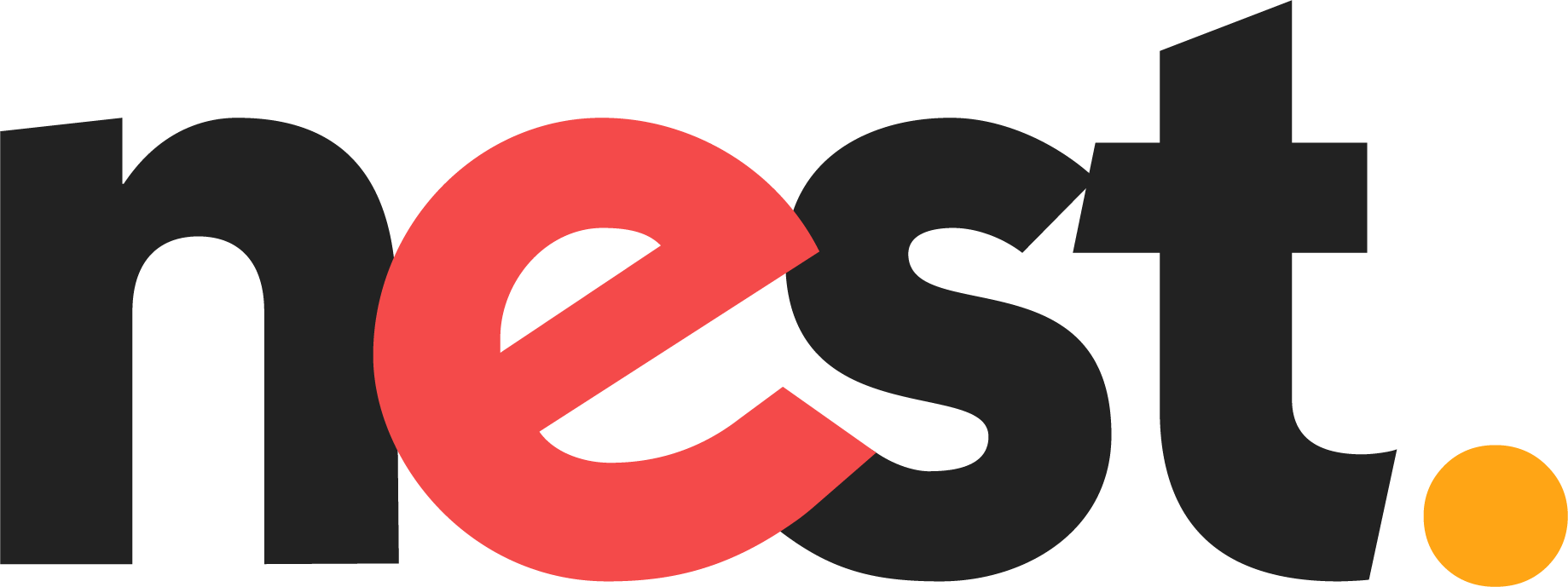The terms “financial independence” and “financial freedom” are often used interchangeably, but they represent distinct stages on the path to financial security. Just like a toddler learning to walk progresses from holding onto furniture to taking independent steps, individuals move from financial dependence to achieving varying levels of financial autonomy. In this guide, we’ll explore the differences between financial independence and financial freedom, and how investing in real estate can help you attain both.
Financial Independence vs. Financial Freedom
Imagine a toddler who has just mastered the art of walking. Similarly, achieving financial independence signifies reaching a level of financial stability where your passive income covers your basic expenses. This milestone provides a safety net, akin to a parent no longer needing to carry their child from room to room. However, it doesn’t equate to complete freedom.
Financial freedom, on the other hand, goes beyond mere independence. It entails having sufficient passive income to fund not only essential needs but also discretionary spending on luxuries and lifestyle enhancements. In essence, financial freedom liberates you from financial constraints, allowing you to pursue your desired lifestyle without worrying about income limitations.
Milestones on the Path to Financial Autonomy
- Financial Security: Achieving financial security means having enough passive income to cover your basic living expenses. Let’s say your essential expenses amount to $3,000 per month, including housing, groceries, utilities, and other necessities. If you have passive income streams generating $3,000 or more monthly, you’ve attained financial security.
- Financial Independence: Going a step further, financial independence enables you to sustain your current lifestyle without relying on active employment income. Let’s assume your total monthly expenses, including discretionary spending, come to $5,000. Achieving financial independence means having passive income exceeding $5,000, allowing you to maintain your lifestyle without the need for a traditional job.
- Financial Freedom: True financial freedom empowers you to indulge in discretionary spending and pursue your passions without financial constraints. Suppose your dream lifestyle involves extravagant vacations, fine dining, and luxury experiences, totaling $8,000 per month. To achieve financial freedom, your passive income must surpass $8,000, affording you the freedom to live life on your terms.
Calculating Your Financial Milestones
To embark on your journey towards financial independence and freedom, you must first identify your financial milestones:
- Financial Security Number: Determine the amount needed to cover your essential living expenses. If your basic expenses amount to $3,000 per month, your financial security number is $3,000—the baseline for achieving financial security through passive income streams.
- Financial Independence Number: Expand your calculations to include discretionary spending and lifestyle enhancements. If your total monthly expenses, including discretionary spending, come to $5,000, your financial independence number is $5,000. Achieving financial independence means having passive income exceeding this amount, providing the freedom to maintain your lifestyle without active employment.
- Financial Freedom Number: Dream big and envision your ideal lifestyle. Calculate the cost of luxuries and indulgences that define financial freedom for you. If your dream lifestyle costs $8,000 per month, your financial freedom number is $8,000. This aspirational figure represents the level of passive income required to realize your dreams and enjoy true financial freedom.
Investing in Real Estate for Financial Autonomy
While there are numerous paths to generating passive income, investing in real estate offers a tangible and accessible route for many individuals. Here’s how you can leverage real estate investments to progress towards financial independence and freedom:
- Investing in Rental Properties: Acquire rental properties that generate consistent cash flow through tenant rent payments. Let’s say you invest $20,000 in a rental property, with $15,000 as the down payment and $5,000 for renovations. If the property generates $250 per month in excess cash flow after covering mortgage payments and taxes, you’re taking a step towards financial independence.
- Investing in Real Estate Syndications: Participate in real estate syndications, where multiple investors pool their resources to acquire larger-scale properties. Suppose you invest $50,000 in a syndication offering a 10% return. This investment could yield approximately $400 per month in cash flow, providing passive income without active involvement and contributing to your journey towards financial freedom.
Enjoying the Journey to Financial Autonomy
Remember, the journey towards financial independence and freedom is as important as the destination itself. Embrace the learning experiences, forge meaningful relationships, and savor the progress you make along the way. Real estate investing offers a reliable and rewarding path towards financial autonomy, regardless of your current financial situation.
To learn more about real estate investing and explore syndication opportunities, consider joining the EquityNest Investor Club. Start your journey towards financial freedom today and unlock the possibilities that lie ahead.




